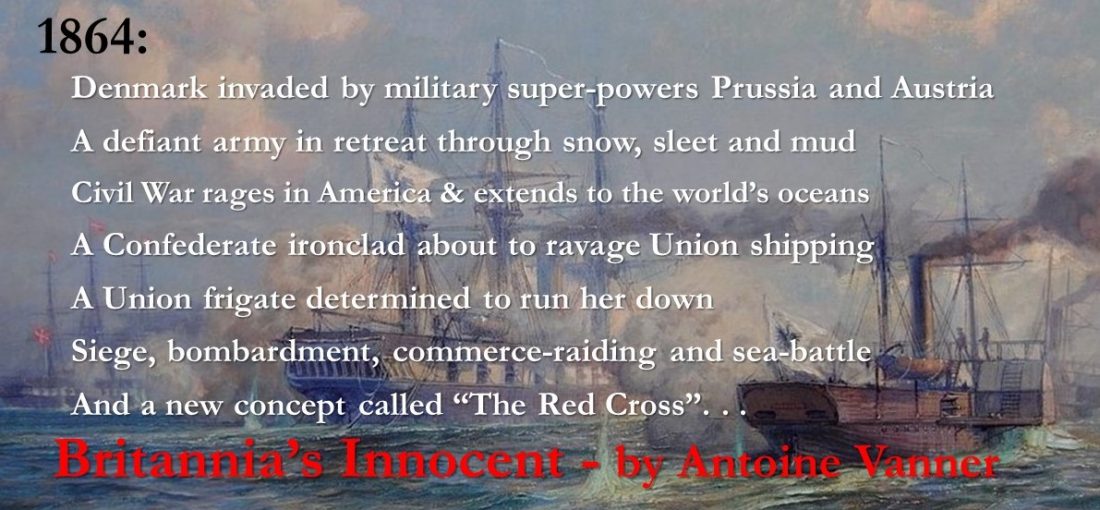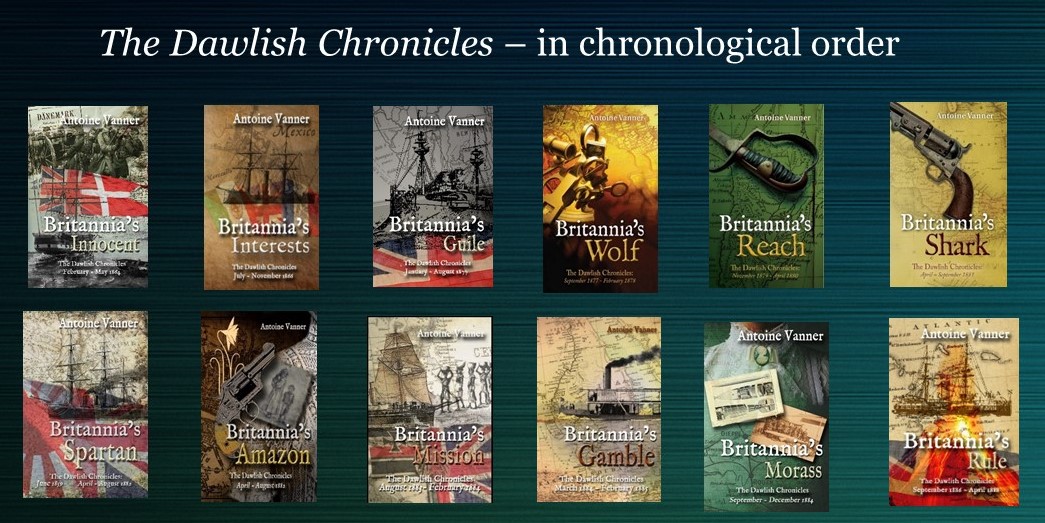“Bring me out the enemy’s ship if you can…”
HMS Southampton off Toulon, 1796
Close blockade of the coasts of French-occupied countries in the Napoleonic era was the most important weapon in Britain’s armoury. It may indeed also have been the single most important factor in securing Napoleon’s ultimate defeat. He all but acknowledged this by his remark during his exile of St. Helena: “If it had not been for the English I should have been emperor of the East, but wherever there is water to float a ship we are sure to find them in our way.” A superb example of this occurred in 1796 when HMS Southampton was part of the squadron blockading Toulon.
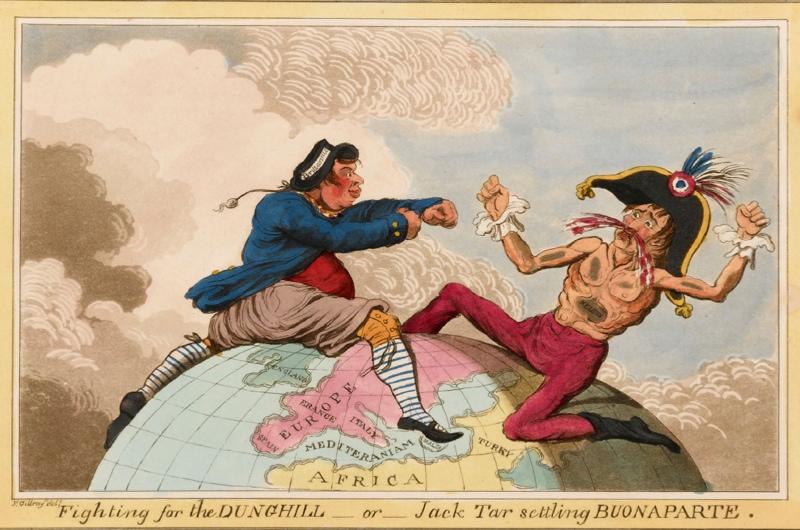
The cartoonist James Gillray’s view of Britain’s Jack Tar as Napoleon’s Nemesis
Other articles on this site have focussed on the confident aggression that was such a characteristic of Royal Navy personnel involved in such operations. In this article, we look at an example of what was perhaps the most difficult – and all but suicidal – action of the period, the capture of an enemy vessel anchored under the protection of powerful shore batteries.

Destruction by the Royal Navy of French ships and arsenal at Toulon, 18 December 1793
The great French naval base of Toulon, in Southern France, had been the scene of fierce fighting in 1793, after Britain has entered the war against France. It was occupied by French Royalists, supported by the Royal Navy, and came under siege by French Revolutionary armies. The turning point – the capture of the base, was due to the actions of Napoleon Bonaparte, then a young, and unknown, artillery captain. This was the beginning of his ascent to power. Before evacuating, the Royal Navy destroyed many of the French warships there but the action was less than complete, thereby allowing the French Republic to make full use of it again.
In July 1796 Toulon, again the main base for the French Navy in the Mediterranean, was under close blockade by forces under the command of Sir John Jervis (1735 –1823) – not yet Earl St. Vincent – who was then flying his flag in HMS Victory. On July 9th a French corvette, which later proved to be l’Utile, armed with twenty-four 6-pounders, was detected creeping along the coast into the bay of Hyères, separated from Toulon by a jutting peninsula. Lying to the east of the latter’s tip were three islands, that of Porquerolles and the dual Illes d’Hyères. l’Utile anchored there, very close inshore, behind the islands and overlooked by powerful French shore batteries. Her officers might well have regarded her position as invulnerable.
For Jervis l’Utile represented a challenge. He signalled for Captain James McNamara (1768 –1826) of HMS Southampton to come on board Victory. McNamara was an officer of known daring who was to establish an enviable reputation as a frigate captain. HMS Southampton, his present command, was a “sixth-rate” of 670 tons, 124-feet long and carrying twenty-six 12-pounders and six 6-pounders. She had a crew of some 210. Jervis was well aware of the hazards of attempting l’Utile’s capture but he had obviously decided that if any man could manage it then it would be McNamara. He was not prepared however to give a direct order in writing and was prepared to allow McNamara a high degree of discretion. He pointed towards l’Utile and said “Bring out the enemy’s ship if you can, but take care of the King’s ship under command.” The implication was clearly that if McNamara found it too dangerous to persist then no shame would accrue from breaking off the attempt.
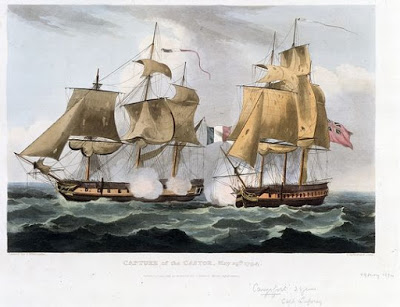 1794: Capture of the French Castor by HMS Carysfort – a 6th rate similar to HMS Southampton
1794: Capture of the French Castor by HMS Carysfort – a 6th rate similar to HMS Southampton
McNamara took HMS Southampton inshore in the hours of darkness and navigated through the ”Grand Pass”, the four-mile wide channel between Porquerolls and the Illes d’Hyères. L’Utile lay directly ahead, under the guns of Fort de Brégançon on the coast. In his report the next day to Jervis McNamara stated “I had got within pistol-shot of the enemy’s ship before I was discovered.” In splendid terminology of the day he “cautioned the (French) captain, through a trumpet, not to make a fruitless resistance; when he immediately snapped his pistol and fired his broadside.” McNamara then laid HMS Southampton alongside l’Utile and launched a boarding party under the command of his First Lieutenant, Charles Lydiard (circa 1770 – 1809). Of him McNamara was to write that “his intrepidity no word can describe” and that Lydiard “entered and carried her in about ten minutes, although he met with a spirited resistance from the captain (who fell) and a hundred men at arms.”
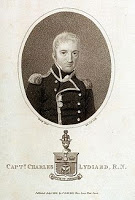
Charles Lydiard
Presumably to get his prize away as quickly as possible – Fort de Brégançon had now opened fire – McNamara had the two vessels lashed together, HMS Southampton having sails set and the time needed to set them on l’Utile too great a luxury in the circumstances. It was quickly realised however that l’Utile was going nowhere. In the darkness it had not been seen that in addition to her anchor-cable – which can be presumed to have been cut free by now – she was also secured to the shore by a hawser. Lydiard found it and hacked through it by repeated blows of his sword. By one-thirty in the morning of July 10th both ships had emerged from the treacherous waters of the Grand Pass and had joined the blockading squadron.
Lydiard was promoted to command of the prize and later, as captain of HMS Anson, was to distinguish himself in, in company with HMS Arethusa, in capture at Havana of the Spanish frigate Pomona which was guarded by twelve gunboats and, like l’Utile, by a shore battery. He was to win further praise by his participation in the capture of the Dutch base of Curacao. HMS Anson returned to Britain thereafter and was assigned to blockade duty off the French Atlantic coast. This was to bring Lydiard’s promising career to a tragic end. During a gale in December 1807, HMS Anson was driven towards the Cornish coast. Attempts to anchor failed and Lydiard attempted to beach her to save his crew. Many were able to get to shore along the fallen mainmast but Lydiard was among the 60 dead, remaining on board to get as many away as possible and at last being washed off and drowned when he tried to leave. His was a noble death.
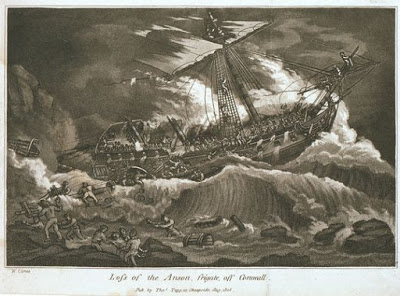
The loss of HMS Anson, December 1807
McNamara’s career was to be longer. He seems to have been a Jack Aubrey type, and his colourful record included killing an army colonel in a duel. The origin of the quarrel was a petty one – one’s dog attacked the other’s while they were walking in Hyde Park. The owners took sides and unacceptable language appears to have been used – in his subsequent trial for manslaughter McNamara claimed that he had no option but to fight if he was to maintain his dignity as a naval officer. Senior naval officers, including Nelson, Hood, Troubridge – and, it is pleasant to record, Lydiard – testified that he was the “reverse of quarrelsome”. He was acquitted and was to have an active career that culminated in promotion to rear-admiral.


